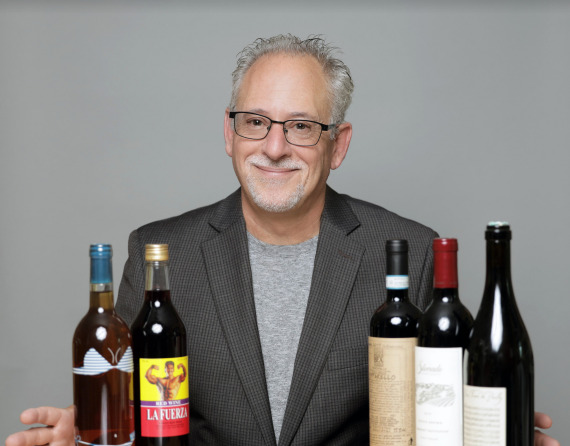Guest post by W. R. Tish of wineforall.com
The pandemic has definitely caused ripples in the wine pipeline, but there is so much good wine out there and so many quality distributors in the NY metro area the current wine market is quite rich and active.
Here is a strategy to stay trendy while also drinking better. When tapping into a “hot” category of wine, go for something a little more specific—and you will usually be rewarded.
- Champagne never has and never will go out of style, but Prosecco is still the bubbly of the moment. Most Prosecco is consistent: bubbly and pleasant, often with a hint of sweetness. For a treat (and still less $ than Champagne), spring for Prosecco with “Superiore” on the label. Lower yields and stricter rules for Prosecco Superiore bottling yields greater depth and intensity—a revelation compared to “regular” Prosecco.
- Malbec has been embraced as the defining grape variety of Argentina, and high-altitude Mendoza is the region of choice. Go even higher by seeking out Malbecs from the Uco Valley sub-region of Mendoza. Excellent values can be found under $20.
- Sicily is finally getting its due appreciation. The Mount Etna region is powered by volcanic soils and a handful of dynamic indigenous red grapes, notably rich Nerello Mascalese and inky Nero d’Avola. For a refreshing twist on red, look for light, fruity Frappato, which sings with a slight chill.
- Portugal is shaping up as wine’s “next big thing.” Quality has improved exponentially in the decades since a dictatorship thanks to upgraded technology and aggressive cross-pollination with other wine cultures. Portuguese winemakers are applying the best “savoir-faire” and techniques to their huge palette of native grapes (frequently creatively blended), resulting in an array of unusual wines. Alentejo is a leading region; Esporão is an excellent producer.
- “Sustainable” is a popular catch-phrase tacked on to specific wines these days. Nothing wrong with that, but for producers making an even deeper commitment to natural winemaking, the key label phrase to look for is Biodynamic. Think of Biodynamic as extreme organic; the producers who apply BioD principles are extremely hands-on and have low intervention, and the wines are better for it. France and Italy are leaders in the movement; California and Oregon are making great strides.
And then there’s what’s NOT hot: wine ratings. The 100-point scale popularized at the end of the 20th century is still with us, but as a system, it is rife with both dilution and grade inflation; today ratings are used mostly by lazy re-sellers. The fewer ratings a wine shop displays, the more you can trust them to actually know what they are selling. And the more likely you are to find wines with a little more edge than the usual 90-point suspects.
W. R. Tish (pen name of William Tisherman), a “recovering wine critic,” develops private and corporate wine tastings and events through his website www.wineforall.com — “pairing wine + fun since the 20th century.” Email tish@wineforall.com

